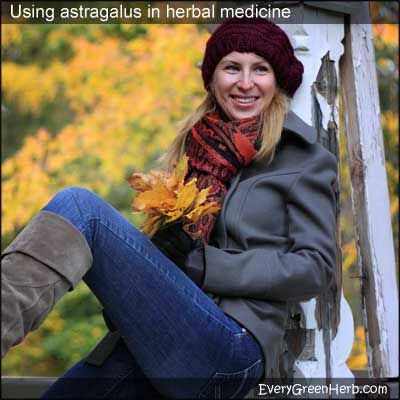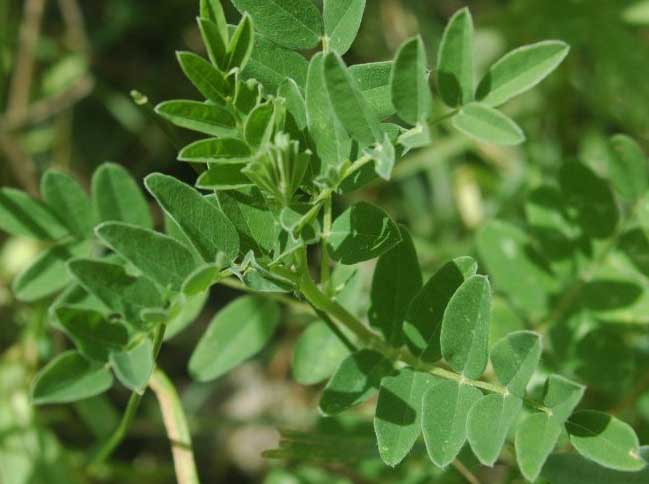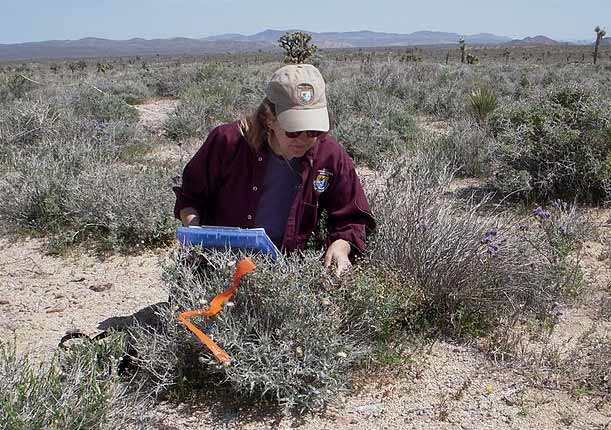Astragalus in herbal medicine

Astragalus builds immunity and fights symptoms of stress.
Astragalus root (Astragalus membranaceusis) an adaptogenic herb that helps heal any condition that is present in the body. Astragalus adapts to your needs!
Astragalus is very useful for building immunity naturally. I start taking it on a regular basis in September to prepare for cold and flu season.
Astragalus increases the body’s resistance to stress. It helps reduce inflammation and allows the body to heal.

Regular use of astragalus builds immunity and it also helps rid the body of viruses. It is best to take it before you get sick, ensuring strong immunity to fight off sickness.
Astragalus should not be taken when fever is present.
Astragalus has a long history.
Astragalus has been used as a healing medicine in Asia for over 2000 years.
Native to the northern regions of China, the herb is known as Huang Qi.
The Chinese people gather wild astragalus roots in the springtime and dry them for seven years before using in medicinal tonics.
Astragalus is used in China to increase life span and improve health in the elderly.
Use astragalus for everything from adrenal exhaustion to ulcers.
Astragalus root is used in the treatment of immune system, stress related conditions, high blood pressure, common colds, flu, sore throat, night sweats, fatigue, loss of appetite, stomach ulcers, circulation problems, fluid retention, hormone imbalances, Alzheimer’s disease, chemotherapy symptoms, and diarrhea.
It is a good antioxidant that nourishes the adrenal glands and enhances adrenal function.
Astragalus is considered an anti-clotting agent and can help prevent coronary heart disease.
This amazing herb also speeds up a slow metabolism rate and is useful in the treatment of obesity.
Astragalus contains lots of flavonoids.
Some of the compounds in the root include flavonoids, polyphenols, and beneficial minerals including iron and zinc.
It is a strong anti-viral agent, working to produce extra interferon in the body.

Traditional Chinese medicine
Astragalus is one of the most important adaptogenic herbs in Traditional Chinese Medicine.
Pharmacological studies show that the roots have antioxidant, anti-inflammatory, immune-regulatory, anticancer, hypolipidemic, antihyperglycemic, hepatoprotective, expectorant, and diuretic effects.
If you don't know the meaning of these terms, see my Glossary of Herbal Terminology.
Scientific studies
Astragalus is known to counteract immune suppressing effects of some cancer drugs.
According to various clinical studies, astragalus appears to restore T-cell counts to normal in cancer patients. More scientific testing is underway and hopes are high that the herb can help treat HIV patients.
Astragalus is also shown to have anti-aging properties and is a good herb for brain health. Astragalus works to improve memory and brain function, reducing cognitive decline as we age.
Over 200 compounds have been identified in astragalus including polysaccharides, saponins and flavonoids. These compounds work to keep us healthy, fighting tumors, cancer, and other diseases.

Some species of astragalus are endangered.
Astragalus is an important herb that needs to be protected in areas where it grows naturally. U.S. Fish and Wildlife Service botanist Connie Rutherford works with natural resource professionals from the Department of Defense and Bureau of Land Management to study in depth the Lane Mountain milk-vetch, a species of astragalus that only exists in the Mojave Desert.
The plant, once thought extinct, was rediscovered in 1985. Rutherford returns every spring to conduct surveys with natural resources staff from Fort Irwin and BLM.
Growing your own astragalus plants.
In the United States, astragalus is sometimes called “milk vetch”. This is inaccurate since many vetches are toxic to humans. Astragalus and vetch are both in the same plant family as peas.
Seed should be scratched or “scarified” before they are planted indoors in spring, and may take up to ten weeks to germinate.
When chances of frost have passed, plants should be set out in a sunny garden or cultivated bed. Astragalus plants prefer dry, sandy soil but will tolerate a heavier loam.
In the wild, astragalus is often found growing in meadows, mountain thickets, and evergreen forests, although it does best in a sunny area. Once this perennial plant is established, it does not like for its roots to be disturbed.
Roots harvested for medicinal purposes should be grown at least four years before harvesting.
If you find the plant difficult to grow, remember that members of the pea family require beneficial bacteria to be present in the soil. Also try adding a little lime to raise ph levels to neutral or slightly alkaline.
*Never take astragalus root when feverish as it may raise body temperature. Astragalus plants produce a gummy sap that may cause rash or bring on asthma attacks in some individuals.
Always consult with a healthcare professional before using any herbal remedy especially if pregnant, nursing, or taking other medications.
Sources:
https://www.ncbi.nlm.nih.gov/pmc/articles/PMC5758356/
https://www.nccih.nih.gov/health/astragalus
Blessings to you and yours!
Thanks so much for reading my blog. Jan.

*Note - the information on this website has not been evaluated by the Food and Drug Administration.
© 2005-2024 website design and content by Janice Boling